The Art of Katsuobushi Production
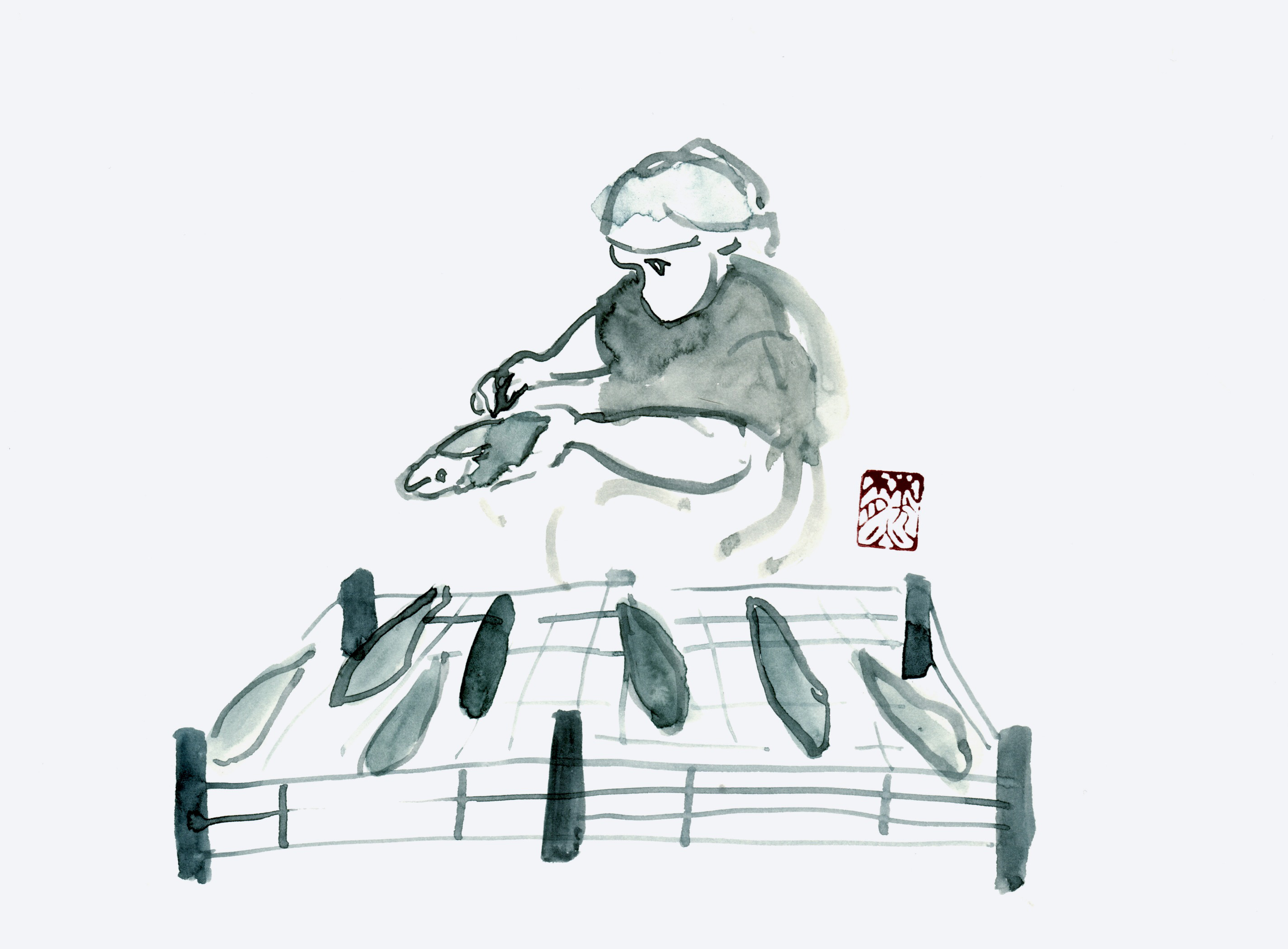
Katsuobushi, a staple ingredient in Japanese cuisine, is made from skipjack tuna, commonly referred to as bonito. The intricate process of creating katsuobushi involves several meticulous steps that can take anywhere from four months to six months to complete. This report outlines the key stages involved in the traditional production of katsuobushi, combining insights from various sources.
Preparation of the Fish
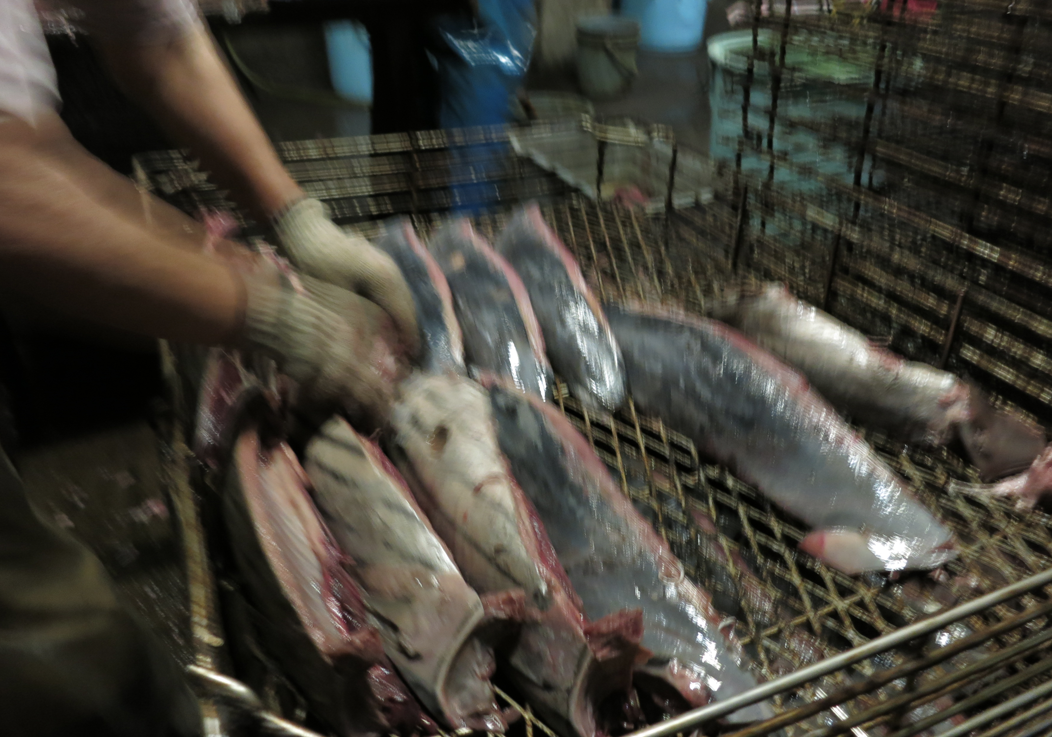
The production begins with high-quality skipjack tuna, which is subjected to a thorough initial examination. The fish are typically flash-frozen on fishing boats to preserve freshness, with freezing temperatures reaching as low as -50 °C. Upon arrival at processing facilities, the fish are beheaded, gutted, and filleted. The filleting process yields four pieces from each fish – two back fillets and two belly fillets. These are then cleaned with water before moving on to the next step[1][3][5].
Simmering

Once filleted, the fish is arranged in metal baskets and immersed in hot water just below boiling (around 75 to 98 °C) for a period of 60 to 90 minutes. This simmering process serves multiple purposes: it firms up the flesh, enhances the umami flavor by eliminating any fishy odor, and makes it easier to remove small bones afterward. After simmering, any remaining bones and part of the skin are removed by hand to ensure a clean, high-quality product[5][8][12].
Smoking
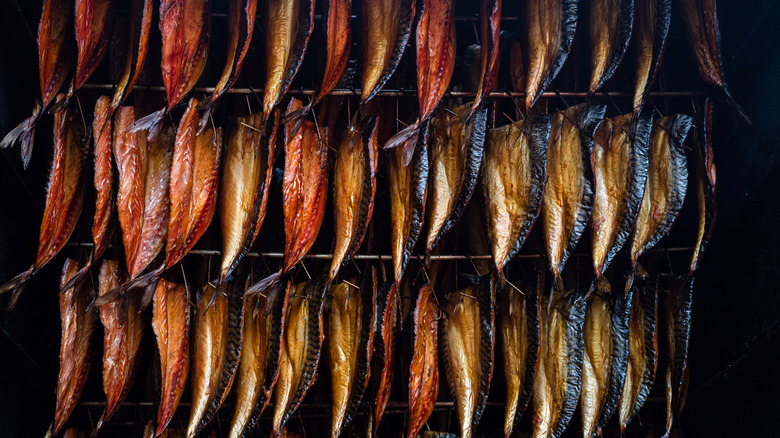
The next phase involves a significant smoking process, which is crucial for flavor and preservation. Traditionally, the fillets are smoked using various types of wood, including oak, pasania, or castanopsis. The smoking is performed in stages; the fish may spend days in smoking rooms, with each session lasting from five to six hours, followed by resting periods of one day. This cycle is repeated 12 to 15 times. Each round of smoking further enhances the flavor and dryness of the fish, resulting in a product known as Arabushi[3][8][12][16].
Mending and Shaping

After smoking, any imperfections or cracks in the fillets are repaired using a paste made from boiled and raw fish flesh. This not only improves the aesthetic quality of the fillets but also facilitates the even drying of the fish. The mended fillets are then subjected to further smoking, which may occur alongside the previous processes, enhancing both texture and flavor[1][5][9].
Drying and Fermentation
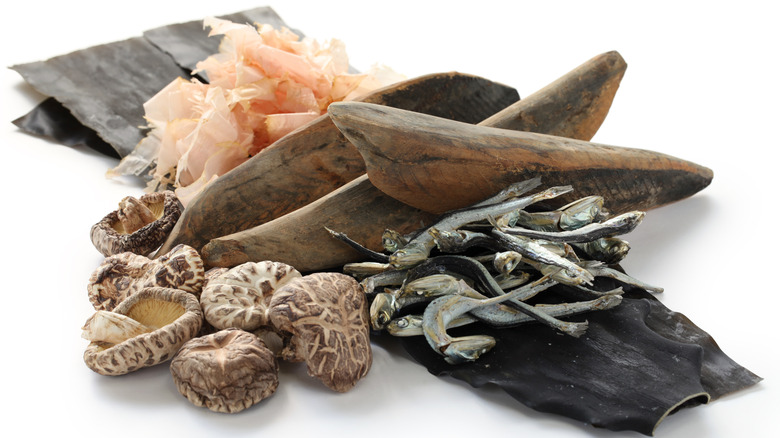
Following the smoking phases, the fillets undergo sun-drying for a short duration to help develop the mold growth needed in later processes. These fillets, after initial drying, are sprayed with a specific mold (Aspergillus glaucus) to commence fermentation. This stage can last from two to six weeks, wherein the mold breaks down residual moisture and imparts unique flavors. The fillets undergo a drying cycle that is repeated multiple times – between three to six cycles – during which scraping and additional sun-drying are carried out[7][11][12].
After approximately four months of this extensive process, the end product is identified as Honkarebushi, the true form of katsuobushi, characterized by extremely low moisture content (typically 12 to 15%) and a hardness akin to that of wood[1][5][6][8]. The meticulous drying and fermentation results in the preservation of umami and enhances the flavor profile that is essential in Japanese cooking.
Final Processing: Shaving
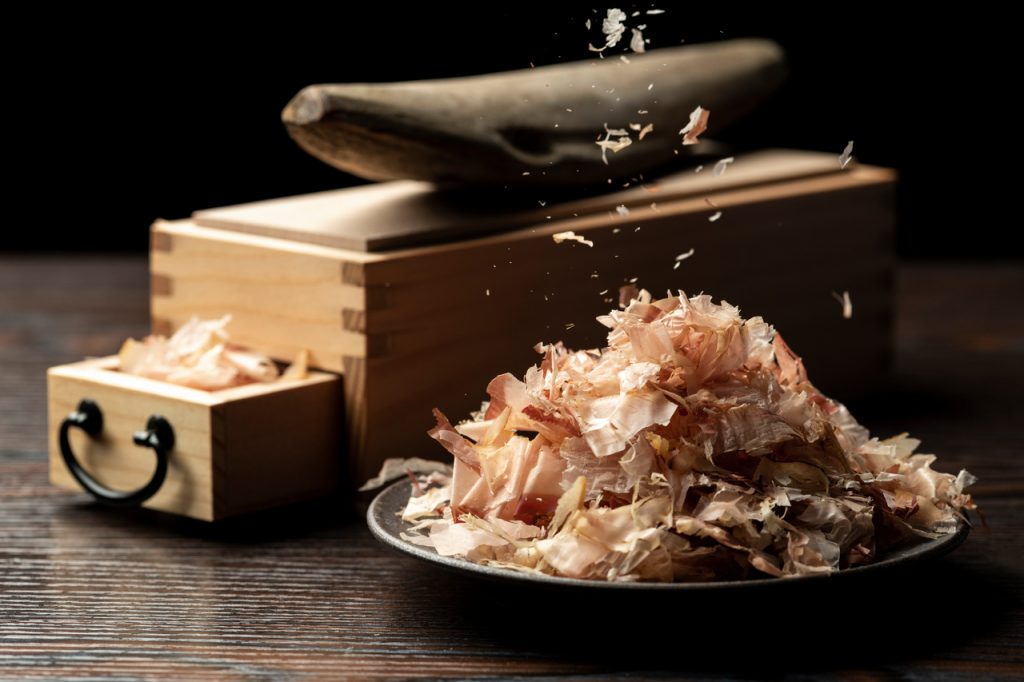
Once fully dried and cured, the katsuobushi is shaved into thin flakes, which are known as kezurikatsuo. This process may vary based on customer preference regarding the thickness of the shavings. The shaved product is primarily used for preparing dashi (a flavorful stock), enhancing a range of dishes within Japanese cuisine[2][6][8].
Conclusion
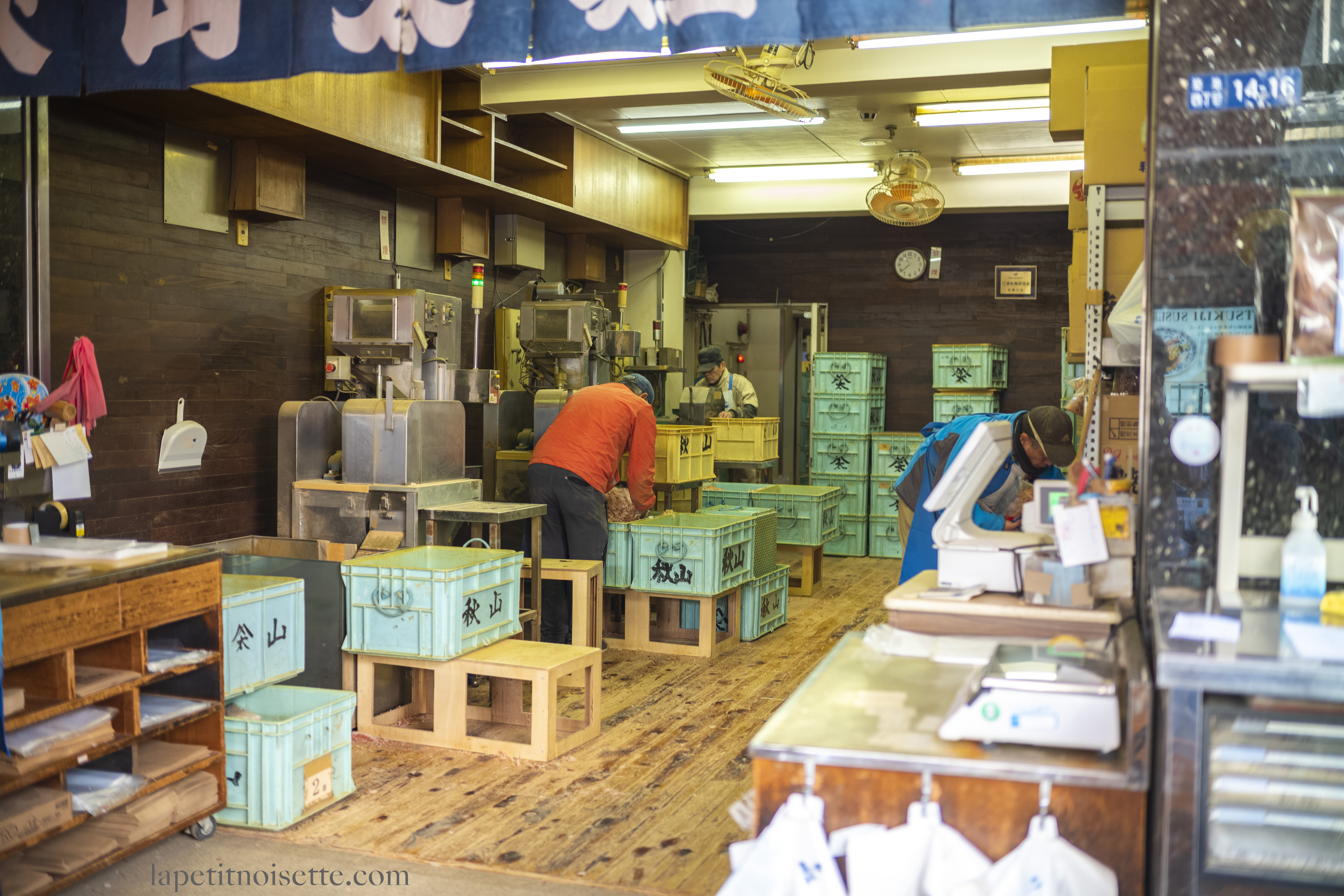
The preparation of katsuobushi embodies a blend of tradition, skill, and labor-intensive practices that have been refined over centuries. The resulting product not only plays a vital role in enhancing the flavors of various dishes but also represents an important aspect of Japan's culinary heritage. By investing time and care into its production, katsuobushi continues to be a unique and valued ingredient in Japanese cuisine, celebrated for its umami-rich characteristics and historical significance.
Get more accurate answers with Super Pandi, upload files, personalized discovery feed, save searches and contribute to the PandiPedia.
Let's look at alternatives:
- Modify the query.
- Start a new thread.
- Remove sources (if manually added).